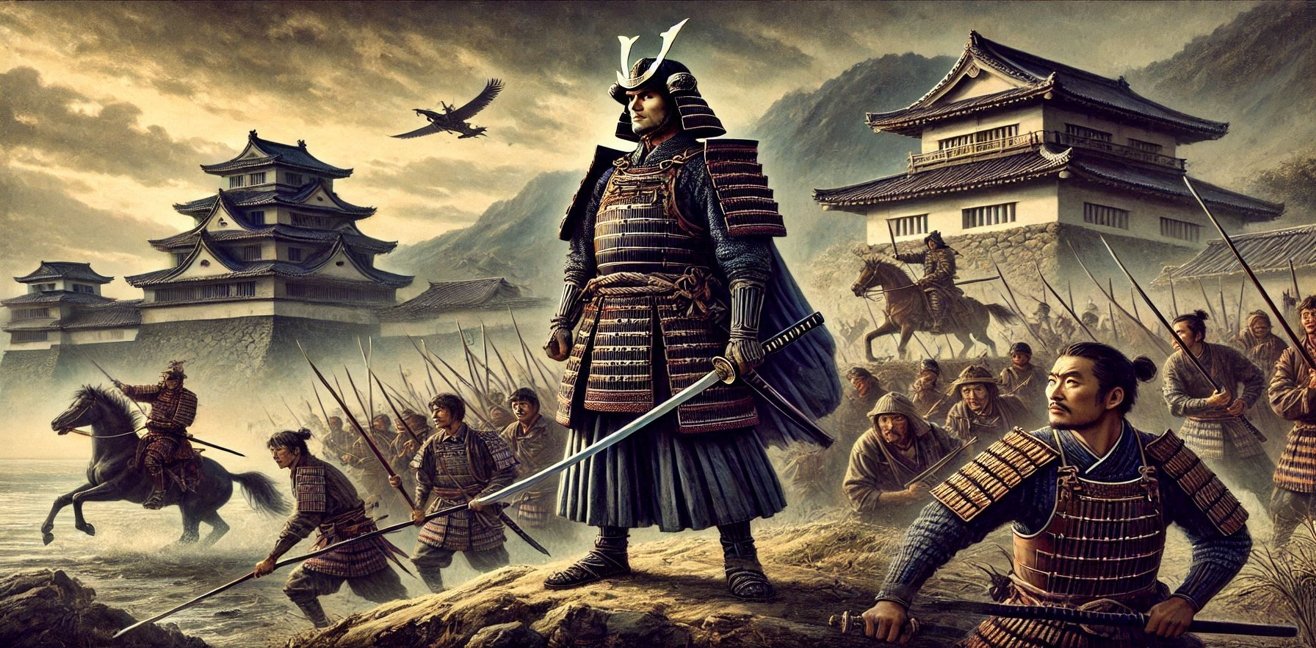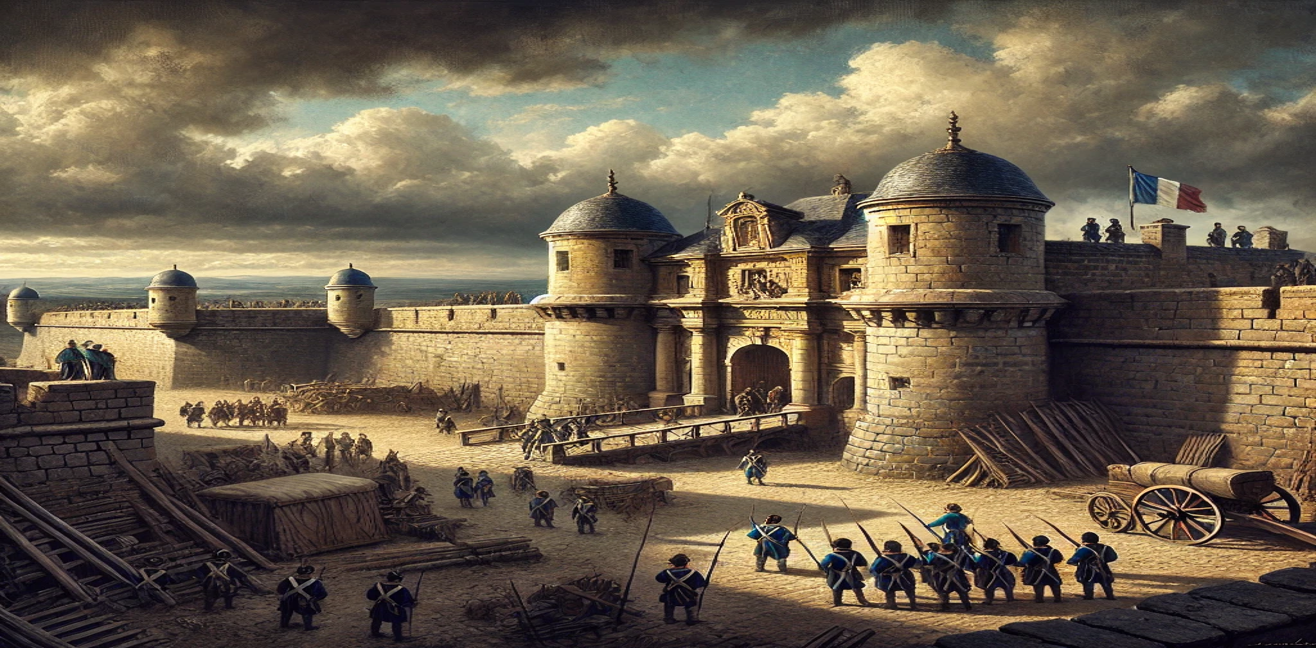1563 was a critical year during Japan’s Sengoku Period, a time marked by widespread internal conflict and war between various feudal lords. Oda Nobunaga, one of the most influential figures of this era, began solidifying his power, laying the groundwork for the unification of Japan in the years to come.
The Sengoku Period and Oda Nobunaga’s Rise
The Sengoku Period (1467-1615) was a time of feudal fragmentation in Japan, where powerful daimyō (feudal lords) fought for dominance. Oda Nobunaga, a key leader from the Oda clan, rose through the ranks of this chaotic period. In 1560, he secured a major victory at the Battle of Okehazama, defeating the much larger Imagawa clan. This victory established Nobunaga as a major power in central Japan, setting him on the path to dominance.
Oda Nobunaga’s Consolidation of Power in 1563
By 1563, Nobunaga had begun consolidating his power across Japan. His military strategy focused on modernizing his army, organizing ashigaru (peasant soldiers) and samurai in new and more effective ways. He also began to adopt firearms, which gave his forces a significant advantage in battle, marking a significant shift in Japanese warfare.
One of Nobunaga’s key strategies was forming strategic alliances with other powerful lords, such as Ieyasu Tokugawa, which helped isolate his enemies. In 1563, he strengthened these alliances while continuing to expand his control and influence over the country.
Economic and Cultural Changes in Japan
Under Nobunaga’s rule, Japan experienced significant economic and cultural changes. Trade routes were improved, and efforts were made to stimulate industrial growth, contributing to the country’s overall economic revival. Additionally, Christian missionaries arrived in Japan, spreading Catholicism, which was an important cultural development at the time.
Culturally, Nobunaga’s court encouraged the growth of traditional Japanese arts, including Noh and Kabuki theater, which started to flourish during this period.
Conclusion: Oda Nobunaga’s Path to a Unified Japan
1563 marked a key year in Oda Nobunaga’s journey to consolidate power and lay the foundation for the unification of Japan. His military innovations, strategic alliances, and economic reforms paved the way for the eventual unification of Japan, even though he would not live to see its completion. After his tragic death in 1582, his successors, including Toyotomi Hideyoshi and Ieyasu Tokugawa, would build on the foundations he laid, ultimately uniting Japan.




